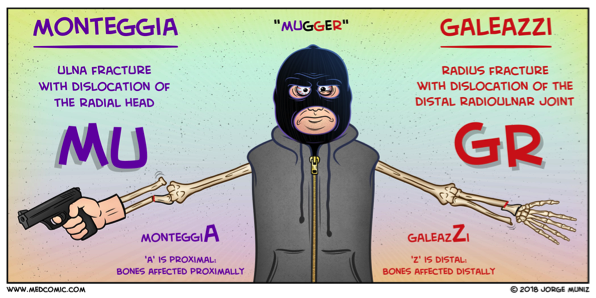This is a two part series for POTD. Foreign bodies: Ears and Nose! Today, Ears!
Quick Anatomy review to help locate that FB:
• Anatomy
– medial 2/3 is fixed in temporal bone –where many FBs are lodged and/or where trauma
• Ask yourself: is it graspable or non-graspable?
– Graspable: 64% success rate, 14% complication rate
– Non-graspable: 45% success rate, 70% complication rate
• What instrument/method should I use for what?
– Alligator forceps: think something graspable like paper, foam
– Suction tip: think something non graspable like a round object such as a bead
– Irrigation: think something non graspable like a bead (note: do not irrigate organic material as will swell or break apart)
– Glue: something non graspable like a bead or organic material that might swell or break if irrigated
Pearls on insect FB:
· Kill it first. They will fight.
- What to use? Lidocaine jelly, viscous lidocaine (2%), lidocaine solution, isopropyl alcohol, or mineral oil.
- After they are dead, you can remove or can send to ENT for removal (most patients will want it out, can you blame them?)
o An ENT friend of mine says to keep the insect in the ear and let them remove because we tend to cause trauma. Something to keep in mind.
What if I caused or the FB (like that insect fighting for their life) caused local trauma?
• TM rupture?
– Keep dry
• When to use otic abx drops
– Any trauma or dirty FB injury (think: that insect crawling around) or canal lacerations/abrasions.
– What to give? Ofloxacin drops or the very expensive ciprodex.
• ENT f/u
Pitfalls
• Inspect after removal
– Something else in there? Abrasions/trauma and need prophylactic antibiotic ear drops
• If at first you don’t succeed, try again. But consider changing the technique of removal. Remember the law of diminishing returns.
References:
Pem playbook: excellent peds podcast by Dr. T Horeczko - 2015
Wiki EM: Ear foreign body




